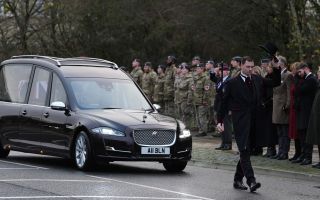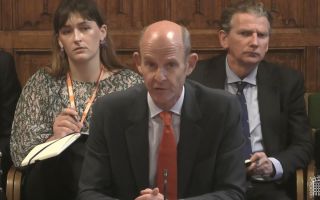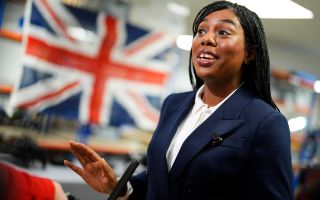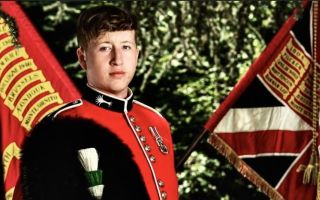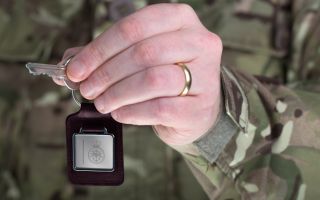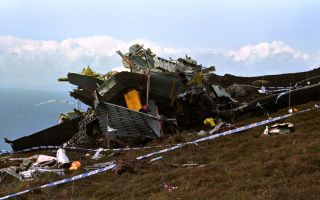Joint Helicopter Command to evolve with focus on drones as Army chief unveils structural changes
The tri-service Joint Helicopter Command is to evolve into a new organisation with a focus on drones, the head of the British Army has announced.
General Sir Patrick Sanders, Chief of the General Staff, said it will become the Joint Aviation Command as he unveiled several structural changes to the Army during a speech at the Rusi land warfare conference on Monday.
Joint Helicopter Command (JHC), which brings under one command helicopters of the Navy, Army and RAF, will evolve into Joint Aviation Command by the end of the year, he said.
"This new organisation will pioneer uncrewed aviation into the 2030s, reflecting the emergence of human-machine teaming technology and the rapid proliferation of uncrewed aerial systems and will unlock the true potential of land special operations in enabling the Joint Force and supporting our Nato allies."
Drone warfare has played a key role in the Ukraine conflict and the UK is continuing to develop its capabilities.
Despite being a tri-service organisation, the JHC comes under Army command.
Time is now for change - CGS
The size and capability of the British Army has been questioned in recent months.
A former head of the Armed Forces said last week that reducing the size of the Army "beggars belief" and earlier this year, a US general reportedly told the Defence Secretary the British Army is no longer considered to be among the world's top-tier fighting forces.
Gen Sir Patrick said the "time is now" for changes to the Army's structure to ensure it can meet its "core purpose: to fight and win wars on land".
He announced that over the coming months there will be an "uplift" of the 1st Division into a Land Component Command Headquarters "capable of integrating effects across all domains" and contributing to the Global Response Force.
The Army chief said the change will include resubordinating 16 Air Assault Brigade Combat Team – the Army's airborne rapid reaction force – under the division.
Announcing more changes, he said: "We will optimise the 3rd Division to warfight under an enhanced Allied Rapid Reaction Corps.
"These formations will be at the very heart of our commitment to European deterrence, maximising the opportunity that the new Nato force model gives us."
The Chief of General Staff also said the Army is looking to "unlock the true potential" of Land Special Operations.
77 Brigade together with the Army Special Operations Brigade and our Cyber and Electro Magnetic Activities Effects Group have the "potential to be a world-leading special operations capability", he said.
The general went on to speak about having an Army reserve "that provides our nation with resilience and mass".
He added the Army will move away from its "insistence on equivalence" between regulars and reserves and having a reserve force "truly designed for our reservists, recognising they are constrained only by the time they can give, not by their ambition or desire to serve."


